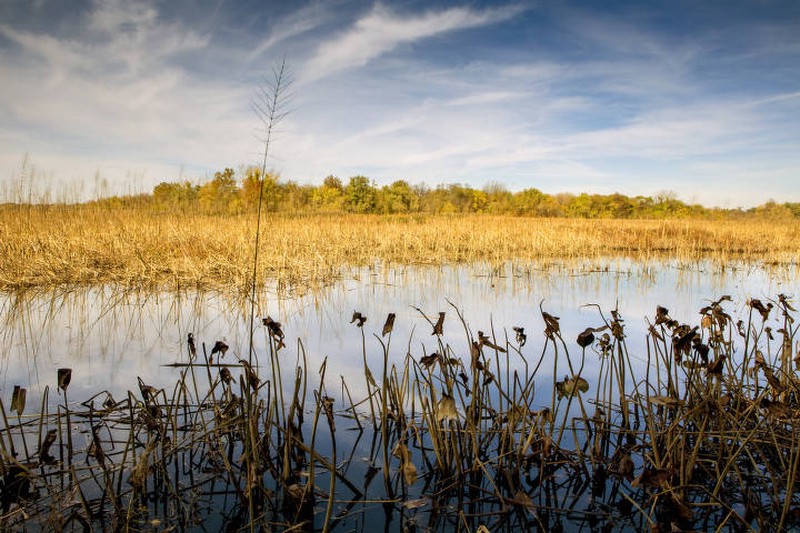


The National Wildlife Refuge System is the nation’s only system of public lands dedicated foremost to the protection of species and habitats. One of the most important challenges it faces is how to protect its wildlife and habitats in a changing climate. The U.S. Fish and Wildlife Service (FWS) has recognized this challenge, and since 2009, has been operating under direction to incorporate climate change into the Comprehensive Conservation Plans (CCPs) that guide management of its refuges. In 2023, Defenders of Wildlife assessed the extent to which the 22 CCPs published since 2015 are incorporating climate change. We scored each CCP based on five categories (25 points maximum): Background and Policy; Climate Change Impacts to Species and Habitats, Actions to Protect Species and Habitats; Monitoring, Research and Adaptive Management; and Climate Change Mitigation. All 22 refuges incorporated climate change into their CCPs, but the level of comprehensiveness varied considerably, with individual refuge scores ranging from 4 to 17 points. In general, scores for ‘Background’ and ‘Assessment’ sections were higher, suggesting that that refuge managers are aware of the impacts of climate change to the species and habitats they protect, and of need to include climate change as part of planning, but may not have the tools to respond effectively to these changes.